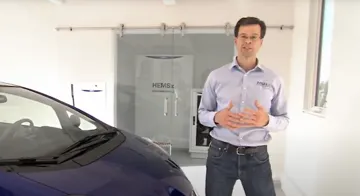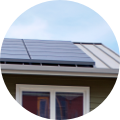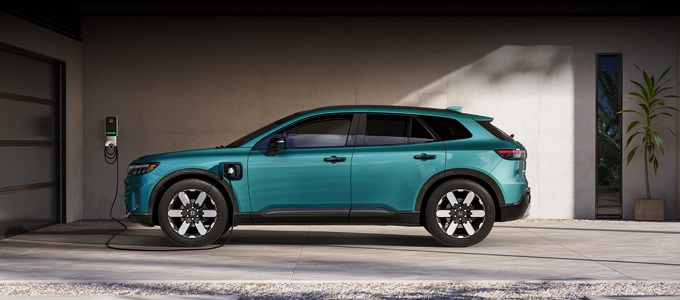Zero Net Energy over a year
The Smart Home achieves zero net energy when summed over the course of
the year. While it manages and smooths energy using the battery and the
vehicle at every moment, the chart shows that it would need a lot more
energy generation or storage to be able to achieve zero net energy every
month.

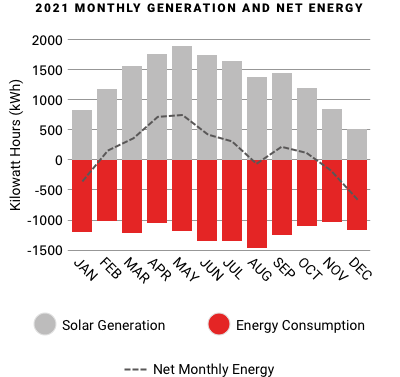
Better Together
ACHIEVED MORE THAN 7 TONS OF CO2 REDUCTION PER YEAR
(compared to a conventional home and vehicle)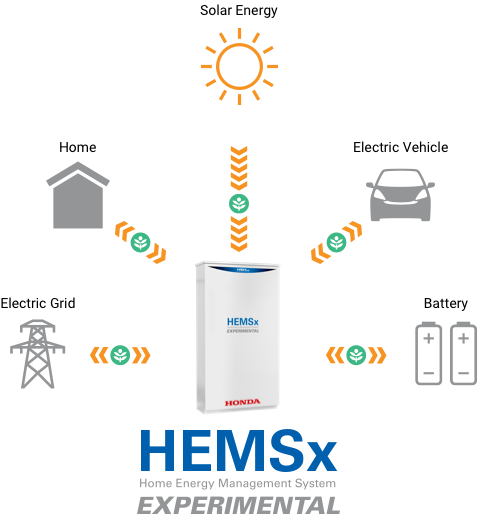
Meet the Brain of the Honda Smart Home
Our goal is to develop a future where every home can have clean energy, and every vehicle can produce zero emissions. To overcome the grid challenges of this future, our Home Energy Management System (HEMS) was the vision of one solution. As the home’s brainpower, the HEMS monitored all energy input, sent energy where it was needed, and kept the home comfortable and the Fit EV charged. It also worked to improve grid reliability by automatically responding to demand response signals and providing other grid services.
How It Worked
The HEMS monitored electrical loads and communicated with the electrical grid to coordinate the home’s power consumption with the needs of the grid.
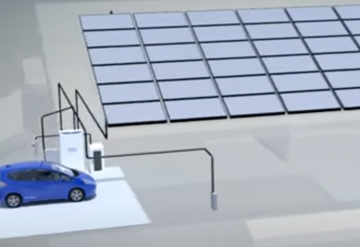
The roof mounted solar panels could produce up to 9.5kW of power that was sent to the DC-microgrid side of the management system.
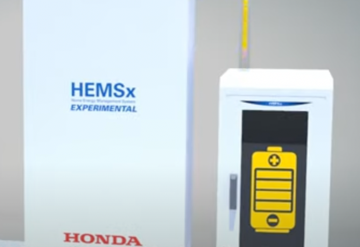
The system could store DC power in its battery for later use, or send it directly to the battery of a plug-in electric vehicle.
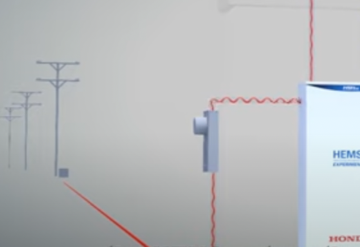
In situations where DC power was not required, the energy could be converted to AC power and sent to the home or back to the grid.
What We Learned
Our experiment provided ample opportunity for real-world learning, some of which was unexpected.
Technical Resources
The Smart Home project was about generating insights for others to build upon. As you develop your next home, please use any of our specs, drawings and data to help create a more sustainable future.
Performance Data
- APR 2022-AUG 2022
- OCT 2021-MAR 2022
- APR 2021-SEPT 2021
- OCT 2020-MAR 2021
- APR 2020-SEPT 2020
- OCT 2019-MAR 2020
- APR 2019-SEPT 2019



